Earth Day 2019: Humanity’s devastating impact on our planet
The day marks a celebration of the ‘Pale Blue Dot’ – and the spacecraft keeping a watchful eye on climate change and human impacts
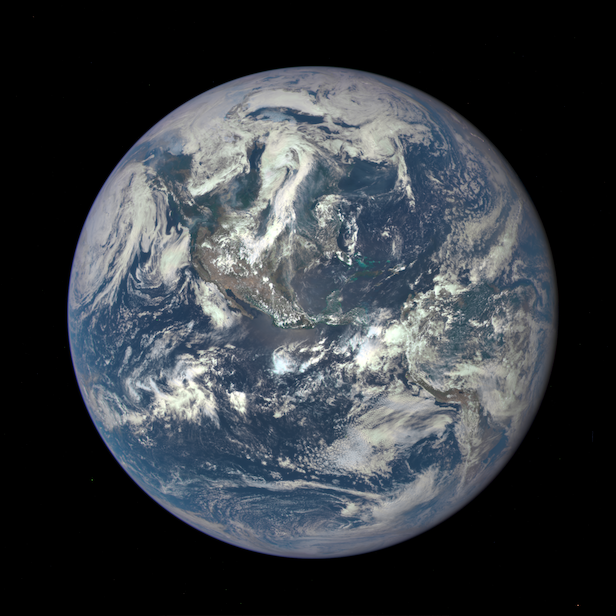
This picture of Earth was captured by NASA’s Deep Space Climate Observatory a million miles away. Image credit: NASA
The third rock from the Sun has been our home for billions of years, fostering the growth of humanity. Sadly, human lifestyle is clearly causing a damaging effect on our home.
This is why Earth Day was created: to remember that climate change, pollution and the rise of endangered species, ultimately leading to extinction, are a constant threat to our home world and will continue to worsen – unless we reduce our footprint, clean the globe’s oceans and look to preserve and protect wildlife.
Images taken as part of the European Space Agency’s (ESA) Earth Observation mission Copernicus has revealed a bigger – and daunting – picture to the devastating impact on our Earth. The initiative is comprised of satellites known as ‘Sentinels’.
The melting Antarctic Peninsula
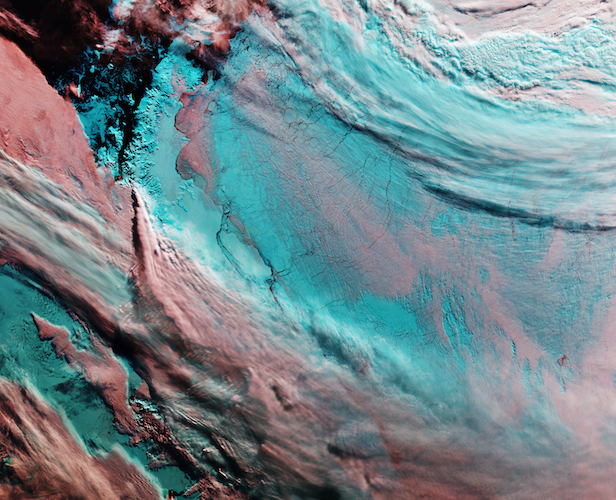
The Antarctic Peninsula is like another world, with ice stretching for thousands of miles. In this image, the Larsen Ice Shelf is visible, painted in false colours – clouds are coloured in pink and any snow or ice is visible in blue. Toward the centre of the Sentinel-3A satellite shot is an iceberg, nicknamed A68. The chunk of compact ice is torn between ice shelves and, due to climate change, the gap is only getting bigger. Soon this piece of ice – which measures at twice the size of Luxembourg – will break off and head north to warmer waters, melting and causing a rise in sea level.
The effect on Namibia’s economy and wildlife
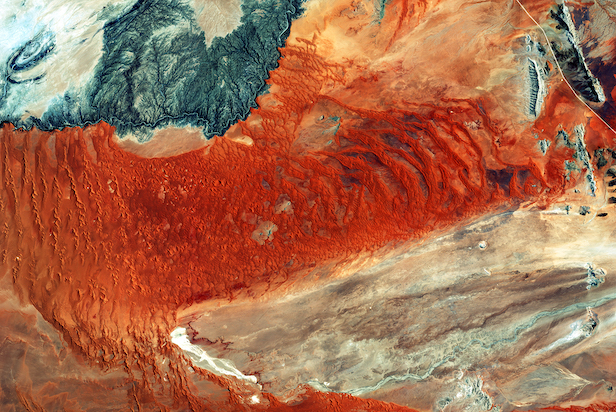
The Namib-Naukluft Park resides in Namibia, southwest Africa, and it is home to a plethora of different species that reside in the desert and mountain range. Instead of rain blowing in from the Atlantic Ocean, a fog descends over the desert that benefits wildlife such as snakes, geckos, fogstand beetles, hyenas, gemsboks and jackals. However, climate change is likely to not only affect this wildlife, but the natural resources in Namibia, where it will have a consequential effect on the country’s economy.
Aftermath of Cyclone Idai
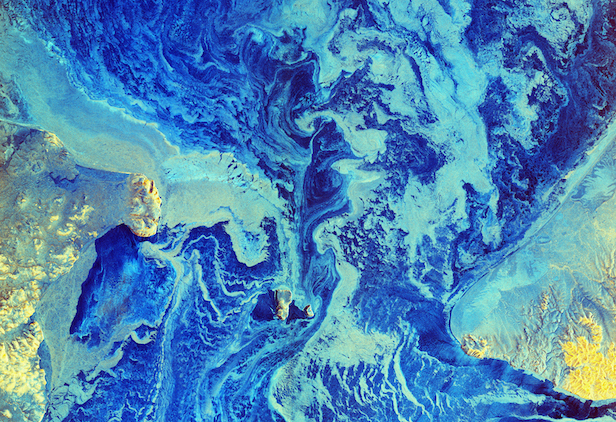
Storms are becoming more and more severe with each passing year as global temperatures continue to rise. Here the Copernicus mission turned the its satellite’s eyes to Africa’s Mozambique, Malawi and Zimbabwe to observe the aftermath of Cyclone Idai. This storm has been described as “probably the worst storm on record to hit the Southern Hemisphere”. This image is comprised of radar data, revealing where flooding has left land submerged (shown in red) and where water seems to be draining away (shown in blue-purple). The tropical storm left more than 1,000 people dead and thousands more missing.
Low levels of sea ice between Russia and Alaska

The Bering Strait is a passage of the sea wedged in between Russia and the United States’ northern state of Alaska. Only some 80 kilometres (50 miles) wide, this image of the gap was taken during a period when the feature is usually covered in sea-ice (shown in light-blue). However in this image there is barely any ice, leaving climate change experts concerned as it marks the lowest level of sea-ice since recordings of the area began in 1850.
The need for wildlife conservation
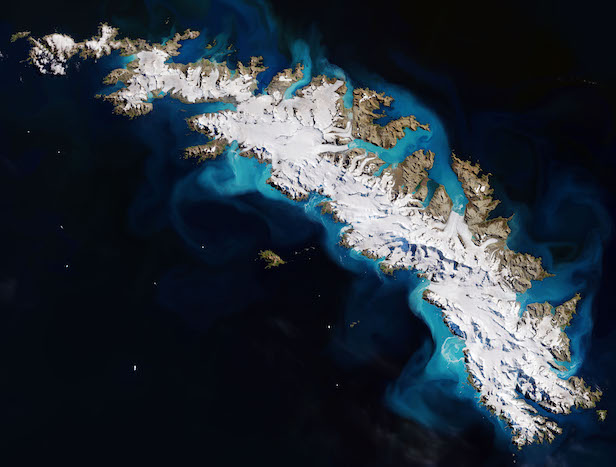
South Georgia Island is home to five million seals, 65 million birds of 30 different species as well as penguins, whales and fish – all of which populate the surrounding waters. This image boasts an area mainly covered in ice; a perfect habitat for these species and a haven for research into the behaviour and biology of resident birds and seals. The United Kingdom has previously acknowledged its uniqueness by claiming it as one of the world’s largest and sustainable Marine Protected Areas, and has invested in conservation efforts. Yet these efforts will be futile if the seas are littered, the ice has melted and wildlife habitats are destroyed.
To celebrate Earth Day, why not reduce magazine paper waste and go digital with an extra 20% off? Enter GODIGITAL20 at the checkout.
Keep up to date with the latest news in All About Space – available every month for just £4.99. Alternatively you can subscribe here for a fraction of the price!





